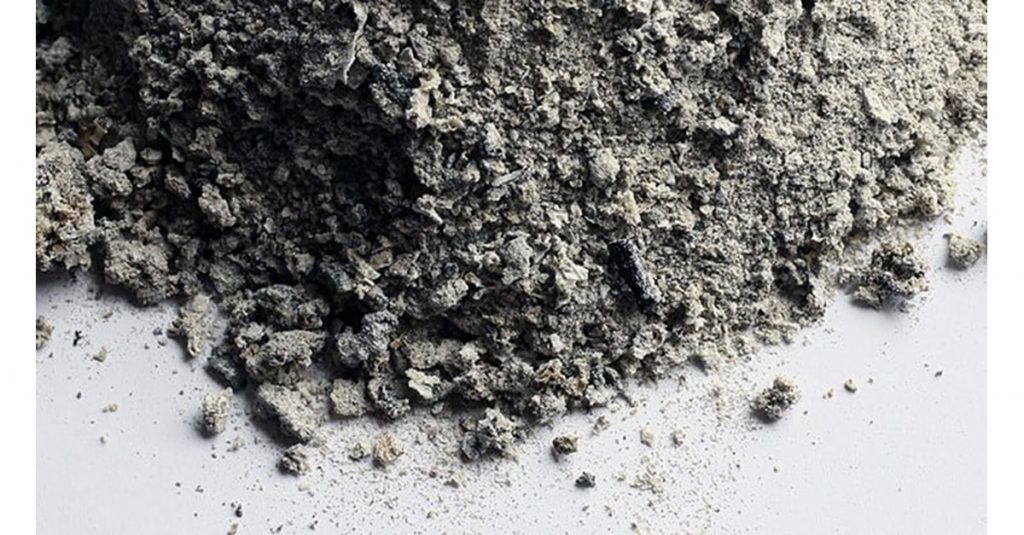Fly ash ultrafine grinding equipment and technology

Ultrafine pulverization is an important means to improve the activity and added value of fly ash. The finer the particle size, the higher the hydration activity and the higher the application value. The practice shows that:
15~10μm ultra-fine fly ash can be widely used in high-performance green concrete;
Ultrafine fly ash of about 10μm can widely replace inorganic or mineral fillers;
Ultrafine fly ash of about 5 μm can replace part of carbon black after surface modification.
1. Fly ash ultrafine crushing equipment
Ball mill is a kind of grinding equipment commonly used in industry, which has great flexibility and market adaptability. The ultra-fine pulverization of fly ash can be realized by using a ball mill with a high-fineness classification system.
Vibration mill is a high-efficiency grinding equipment. After grinding, the sphericity of the particles is good, and the particle distribution is relatively continuous, but the energy consumption is high.
The impact pulverizer and classification system can also be used for ultra-fine pulverization of fly ash, but the processing capacity is small.
The steam power mill uses superheated steam from the power plant as the kinetic energy medium for crushing, and forms a supersonic airflow through the Laval nozzle, which drives the material to collide and shear at high speed. The whole process is completed at about 140 °C.
2. Fly ash ultrafine pulverization process
The particle size and particle morphology of fly ash determine its application performance. Selecting an appropriate grinding process according to the physical and chemical properties of fly ash and its finished product fineness requirements is an important link in determining the economic value and processing cost of fine ash.
The process flow of fly ash grinding can be divided into two systems: open circuit and closed circuit. At present, the open circuit system is mostly used in China.
It is worth noting that the fly ash grinding process must meet the requirements of Class I ash stipulated by the national standard. First, the water demand of the product must meet the standard.
Retaining the original appearance of the fine glass beads inherent in fly ash as much as possible is the key to ensuring that the water demand meets the standard.
Therefore, firstly, it is necessary to select materials reasonably from the physical and chemical composition of the raw materials; secondly, to select the appropriate grinding process, such as semi-final grinding process and first sorting and then grinding by open-flow micropowder tube mill.
For the production of grade II ash, the water demand of the product is relatively easy to achieve, and the key is to ensure the fineness index of the grinding. It is recommended to use the open-flow micro-powder tube mill to directly grind the process, which will simplify the operation, reduce production consumption and save construction investment. Has great economy.
Fly ash has received more and more attention due to its potential active industrial waste. With the concept of low-carbon environmental protection, green production, and turning waste into treasure, the concept of The comprehensive utilization and resource utilization of industrial waste has become an important part of the sustainable development strategies of various countries.
The production and development of ultra-fine fly ash is imperative. With this development trend, in the near future, ultra-fine fly ash is likely to replace Portland cement in a large amount, and it will be used in the production of lightweight high-strength cement. There are huge prospects.
